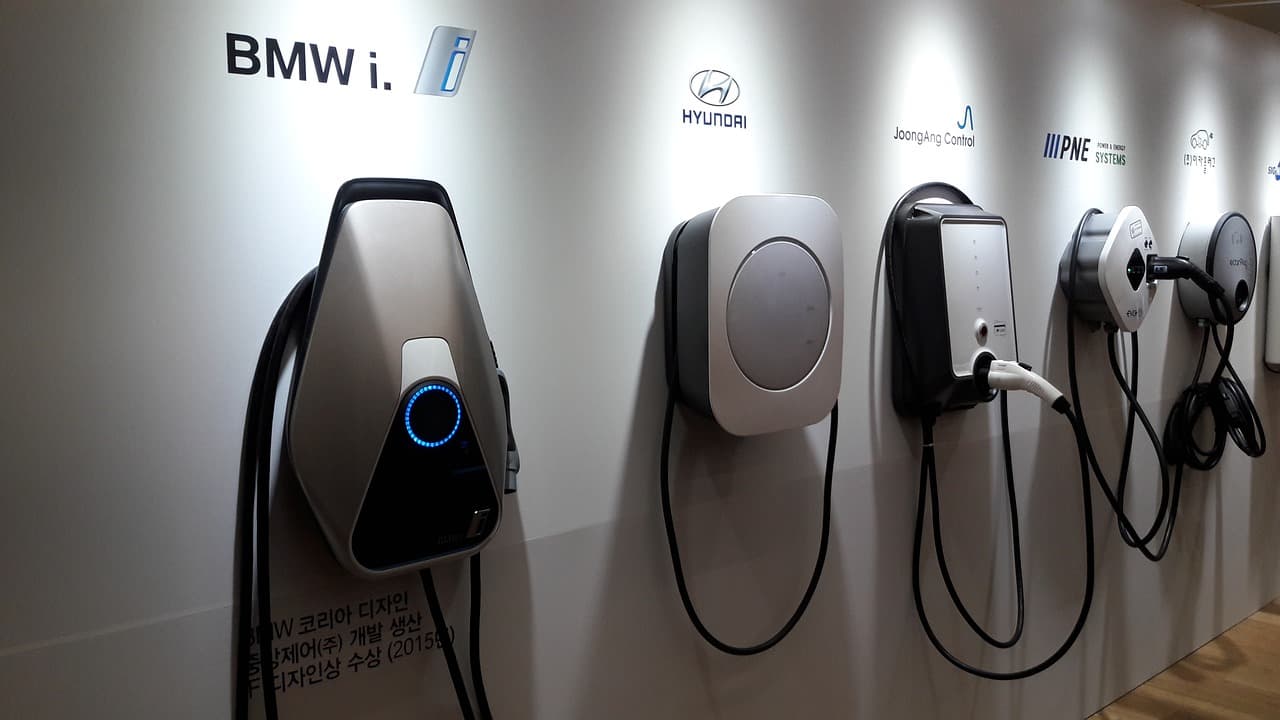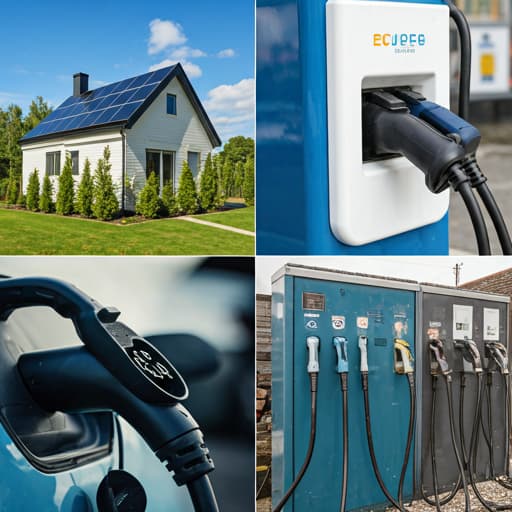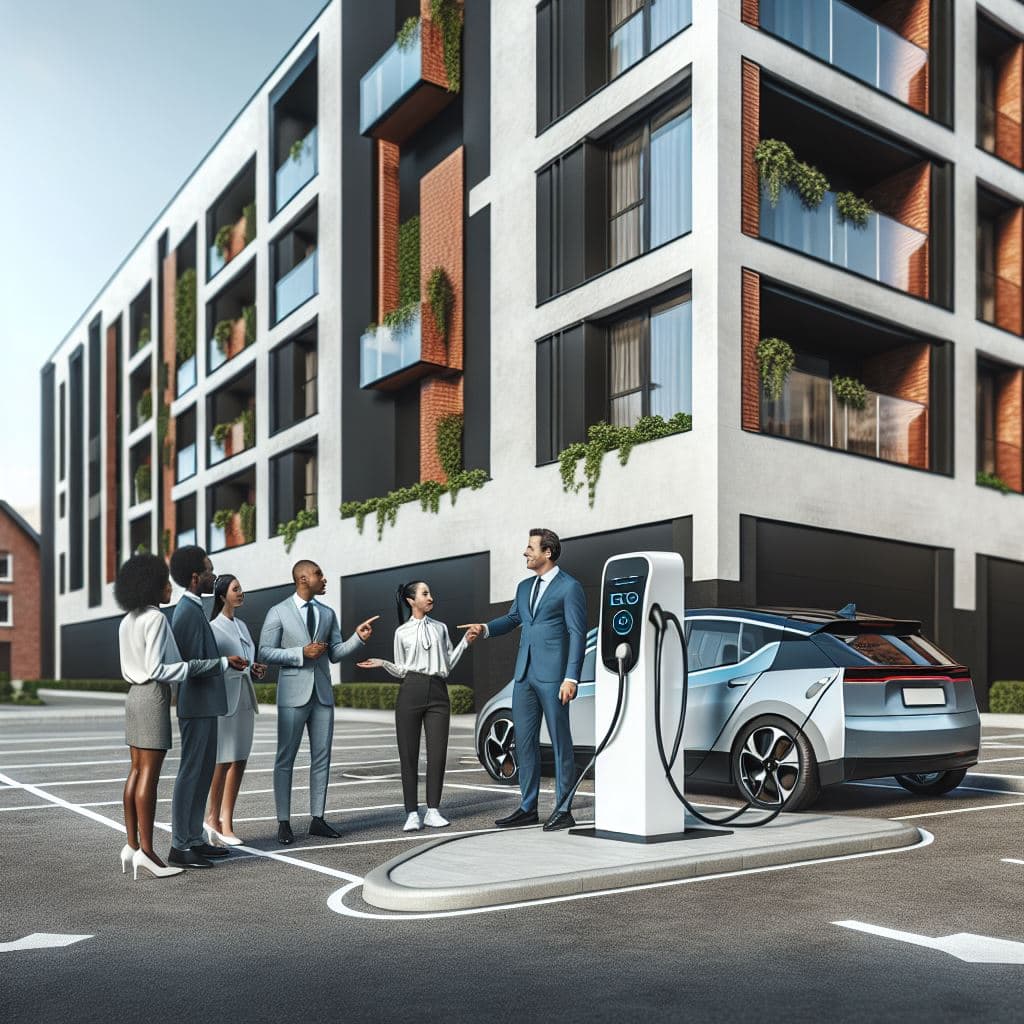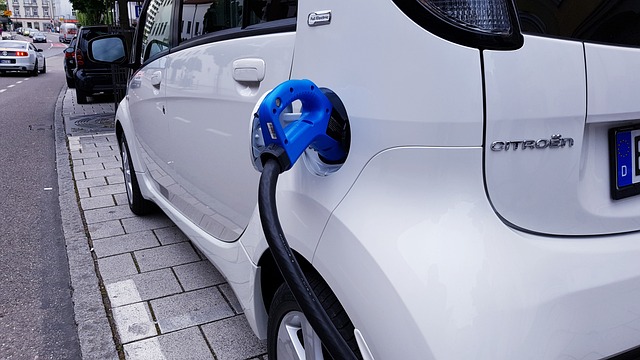Tethered vs Untethered EV Chargers
When deciding between tethered and untethered EV chargers, it’s essential to consider several factors, including convenience, cost, flexibility, and personal preferences. Here is a detailed comparison based on the provided sources:
Tethered EV Chargers
Description
Tethered EV chargers come with a permanently attached charging cable, similar to a petrol pump hose. This cable is typically a Type 2 connector in Europe and cannot be removed from the unit.
Advantages
- Convenience: The cable is always attached, so you don’t need to find and connect a separate cable each time you charge your vehicle. This makes the charging process quicker and easier.
- Security: The permanently attached cable reduces the risk of theft, as it cannot be easily removed.
- Ease of Use: Simply plug the cable into your car and start charging, which is particularly beneficial for daily use.
Disadvantages
- Cost: Tethered chargers are generally more expensive because the cost of the cable is included in the unit price.
- Flexibility: The fixed cable length can be limiting, and you are restricted to the connector type provided (usually Type 2). If you change your vehicle to one with a different connector type, you may need a new charger.
- Aesthetics: The attached cable can be less tidy, especially if it is not stored properly[1].
Untethered EV Chargers
Description
Untethered EV chargers do not have a permanently attached cable. Instead, they feature a socket into which you can plug a separate charging cable.
Advantages
- Cost: Untethered chargers are typically cheaper upfront since the cable is not included in the price.
- Flexibility: You can use different cables with various lengths and connector types, making it easier to adapt if you change vehicles or need a longer cable.
- Aesthetics: Untethered chargers can appear tidier when not in use, as the cable can be stored separately[1].
Disadvantages
- Convenience: You need to connect and disconnect the cable each time you charge, which can be less convenient and more time-consuming.
- Security: The detachable cable is more susceptible to theft, although some models offer security features like cable locking.
- Additional Costs: You may need to purchase a separate cable, which can add to the overall cost.
Conclusion
There is no definitive answer to which type of charger is better, as it largely depends on individual needs and preferences.
- Choose a tethered charger if you prioritize convenience and ease of use, and are willing to pay a bit more for the integrated cable.
- Opt for an untethered charger if you value flexibility, want a potentially lower initial cost, and don’t mind the extra step of connecting a separate cable each time you charge.
Ultimately, the best choice will depend on your specific requirements, budget, and how you plan to use the charger.
Image by Hookyung Lee from Pixabay
Reference
[1]https://www.cinch.co.uk/guides/electric-cars/tethered-vs-untethered-chargers




